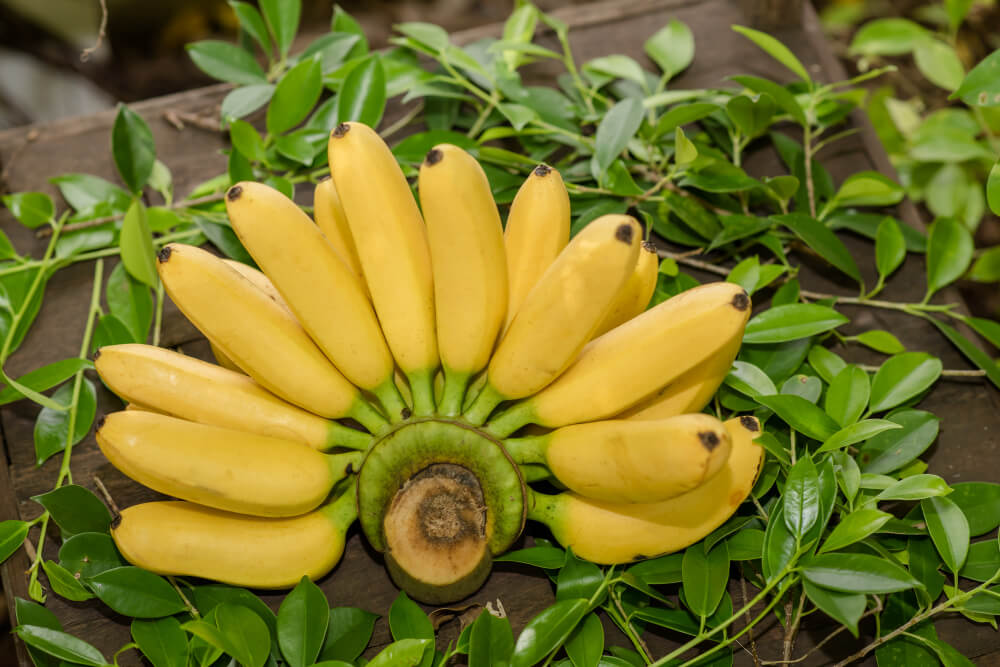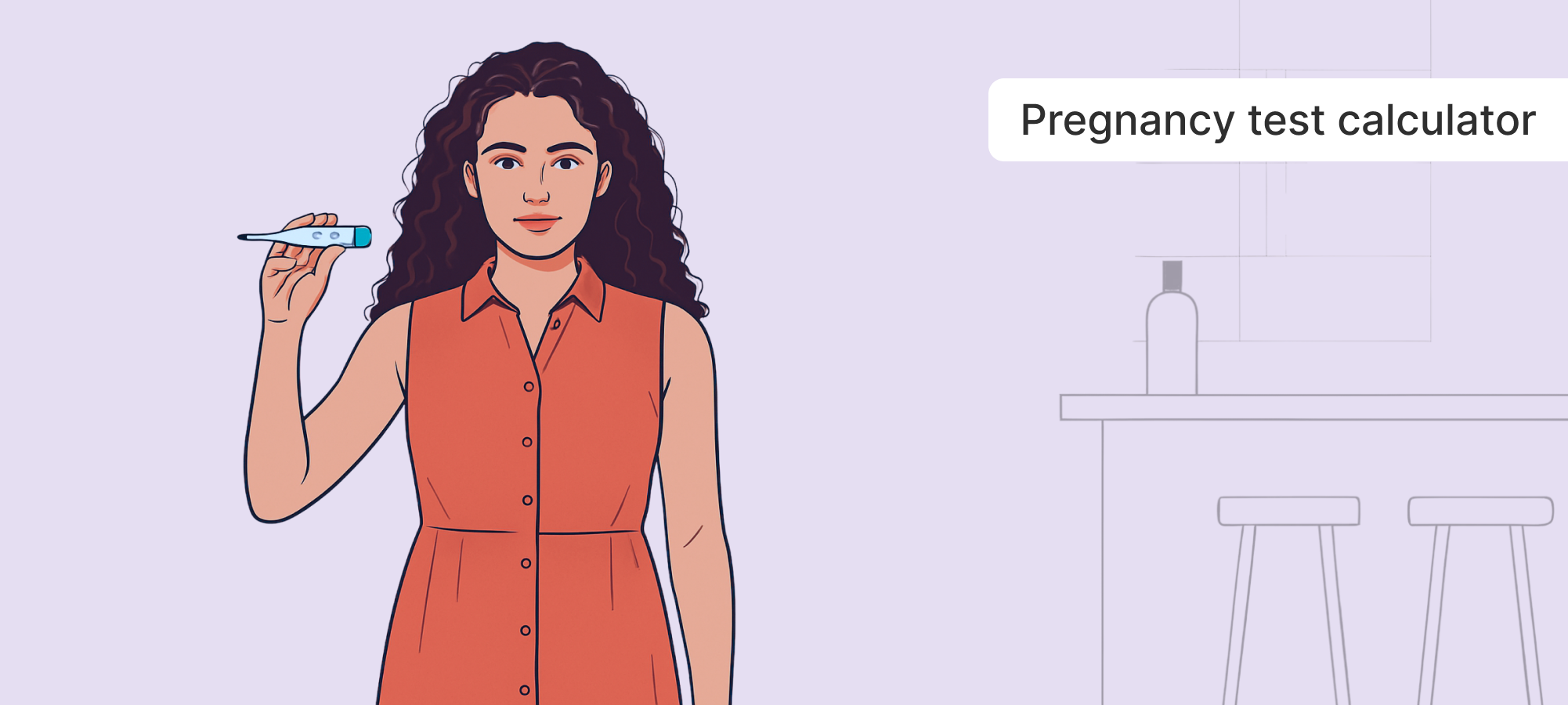Hydration tips for nausea

Morning sickness—though it can strike at any time of the day—is one of the most common symptoms many women experience in early pregnancy. While it’s usually harmless, the nausea and vomiting it brings can make staying hydrated a real challenge. However, maintaining proper hydration is essential for both mom and baby during this critical stage of development.
If drinking water seems impossible when you’re feeling queasy, don’t worry. There are plenty of gentle, smart ways to keep your fluid levels up. In this blog, we’ll explore practical hydration tips to help you feel better and stay well-hydrated even when nausea tries to take over.
Why Hydration Matters in Pregnancy
Your body goes through major changes during pregnancy, including increased blood volume, amniotic fluid production, and nutrient delivery to the baby. All of this requires adequate hydration. Dehydration can lead to:
-
Increased nausea
-
Fatigue and headaches
-
Dizziness or lightheadedness
-
Urinary tract infections (UTIs)
-
Preterm labor in severe cases
Top Hydration Tips for Managing Nausea
1. Sip, Don’t Gulp
Taking large gulps of water can trigger more nausea. Instead, sip small amounts frequently throughout the day every 10–15 minutes if you can. This method is easier on the stomach and keeps fluid intake steady.
2. Try Infused Water or Flavored Drinks
Plain water might seem unappetizing, especially if you’re already feeling sick. Add a hint of flavor with natural ingredients:
-
Lemon or lime slices
-
Cucumber and mint
-
Orange or strawberry pieces
Avoid sugary or artificially flavored drinks. Natural infusions are not only safer but can also have a soothing effect.
3. Stay Cool with Ice Chips or Popsicles
Sometimes, chewing ice chips or sucking on frozen fruit pops can be more tolerable than drinking. Homemade popsicles made from coconut water or diluted fruit juice are great options.
4. Drink Ginger or Peppermint Tea
Both ginger and peppermint are known to ease nausea. Try sipping lukewarm herbal teas made with:
-
Fresh grated ginger
-
Peppermint leaves
-
Ginger-lemon infusion
Make sure the tea is not too hot and avoid caffeinated varieties.
5. Use Electrolyte Drinks When Needed
If you’re vomiting frequently, you may lose essential salts. Rehydration solutions or low-sugar electrolyte drinks can help restore balance. Look for pregnancy safe options and always check with your healthcare provider.
6. Time It Right
Some women find that they can drink more between meals rather than with meals. Eating and drinking at the same time might overwhelm your stomach, so experiment with what timing works best for you.
7. Carry a Water Bottle
Keep a small, reusable water bottle nearby at all times. The constant visual reminder can help you remember to sip throughout the day, especially when you’re distracted or resting.
8. Hydrating Foods Help Too
Water rich fruits and vegetables can contribute to your hydration goals. Add these to your daily meals:
-
Watermelon
-
Oranges
-
Strawberries
-
Cucumbers
-
Celery
-
Tomatoes
These foods are light on the stomach and packed with vitamins too.
When to Call Your Doctor
If nausea and vomiting are severe especially if you can’t keep fluids down for more than 24 hours it could be a sign of hyperemesis gravidarum, a serious pregnancy condition. Seek medical help if you notice:
-
Dark urine or very infrequent urination
-
Dizziness or fainting
-
Dry mouth and extreme thirst
-
Rapid heartbeat
-
Weight loss
Your healthcare provider might recommend IV fluids or other treatments to ensure both you and your baby remain safe.
Final Thoughts
Nausea may be a normal part of pregnancy, but dehydration doesn’t have to be. With gentle strategies like sipping slowly, trying infused drinks, and eating hydrating foods, you can stay on top of your fluid needs without upsetting your stomach further.
Listen to your body, try different options, and always consult your doctor if symptoms worsen. Staying hydrated is one of the simplest and most effective ways to care for yourself and your baby through every phase of the pregnancy cycle.
Related Articles

Baby development at 20 weeks

The three trimesters explained

Making your peace a priority

How hormones affect mood

Gentle stretches or yoga poses

Pregnancy Test Calculator: Know the Best Time to Test

Preparing your body for birth

Baby development at 1 week